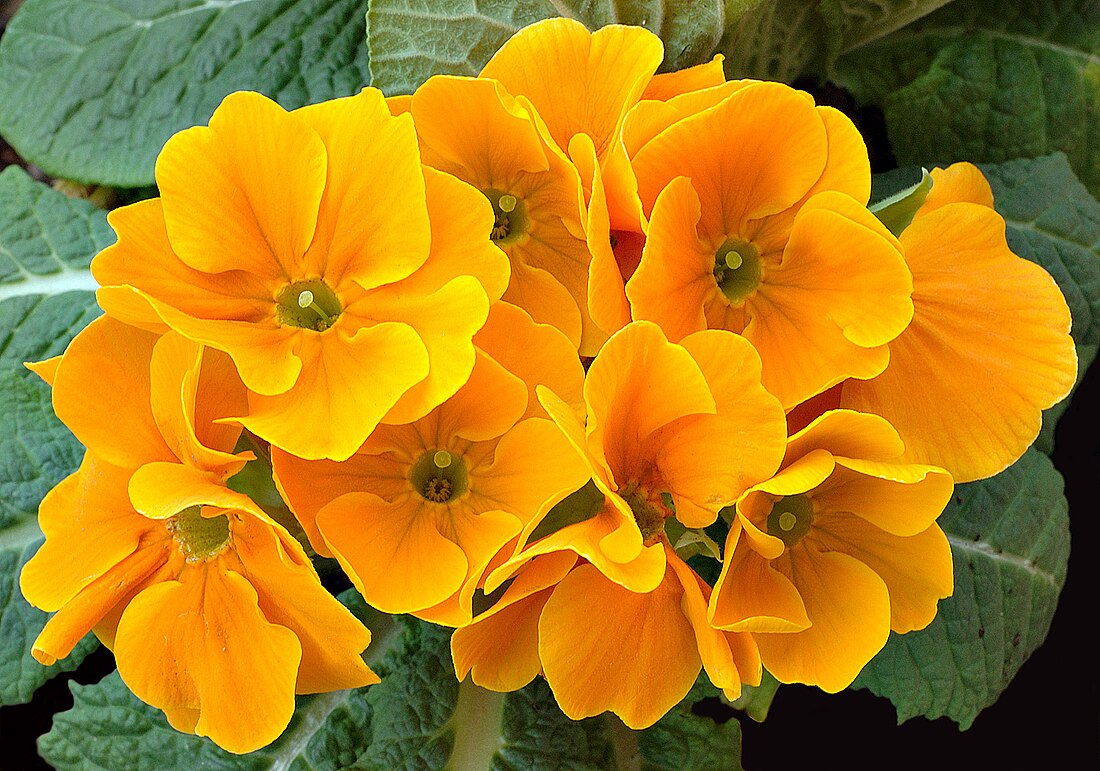Eudicots
clade of flowering plants From Wikipedia, the free encyclopedia
Remove ads
Eudicots or eudicotyledons are a group of flowering plants. They are one of two major clades, the non-magnoliid dicots. Their sister group is the Magnoliids, a much smaller group.[1]
The dicots and monocots are the flowering plants which took over in the long Cretaceous period. They largely replaced the earlier types of plants. Of the old forests of the Mesozoic era, only the conifers are still common today.
The big groups of eudicots are the rosids and asterids (together 70% of angiosperms). Monocots make up most of the rest.[2]
A few examples of eudicots are forget-me-not, cabbage, apple, dandelion, buttercup, maple and macadamia.
The tree forms of flowering plants evolved during the Cretaceous period. These began to displace the conifers during the Tertiary era (66 to 2 million years ago). Forests covered much of the globe before the climate cooled.[3]
Remove ads
References
Wikiwand - on
Seamless Wikipedia browsing. On steroids.
Remove ads

